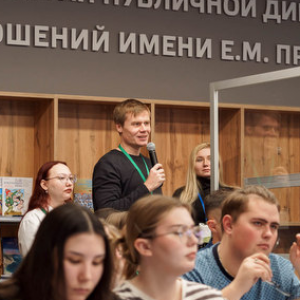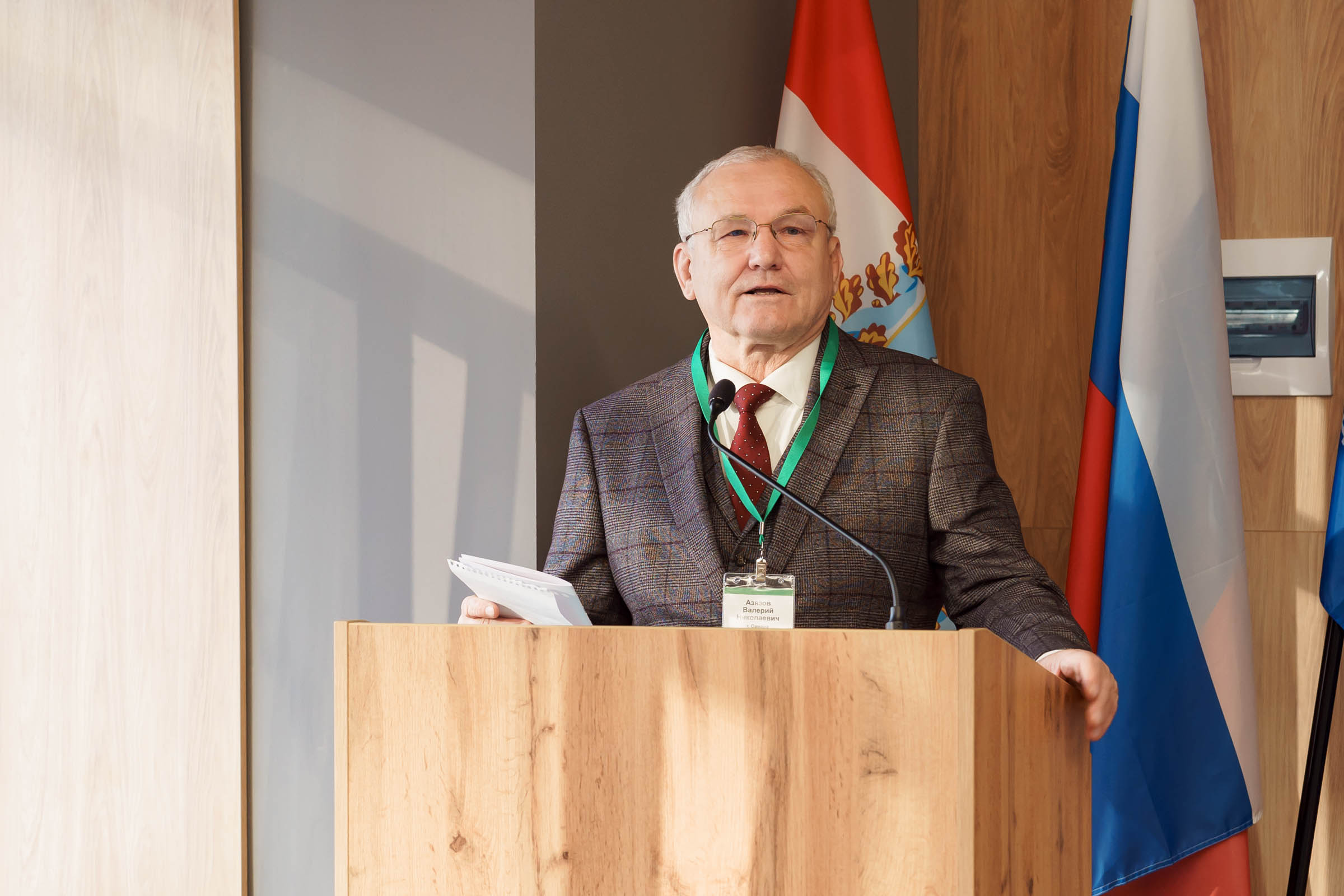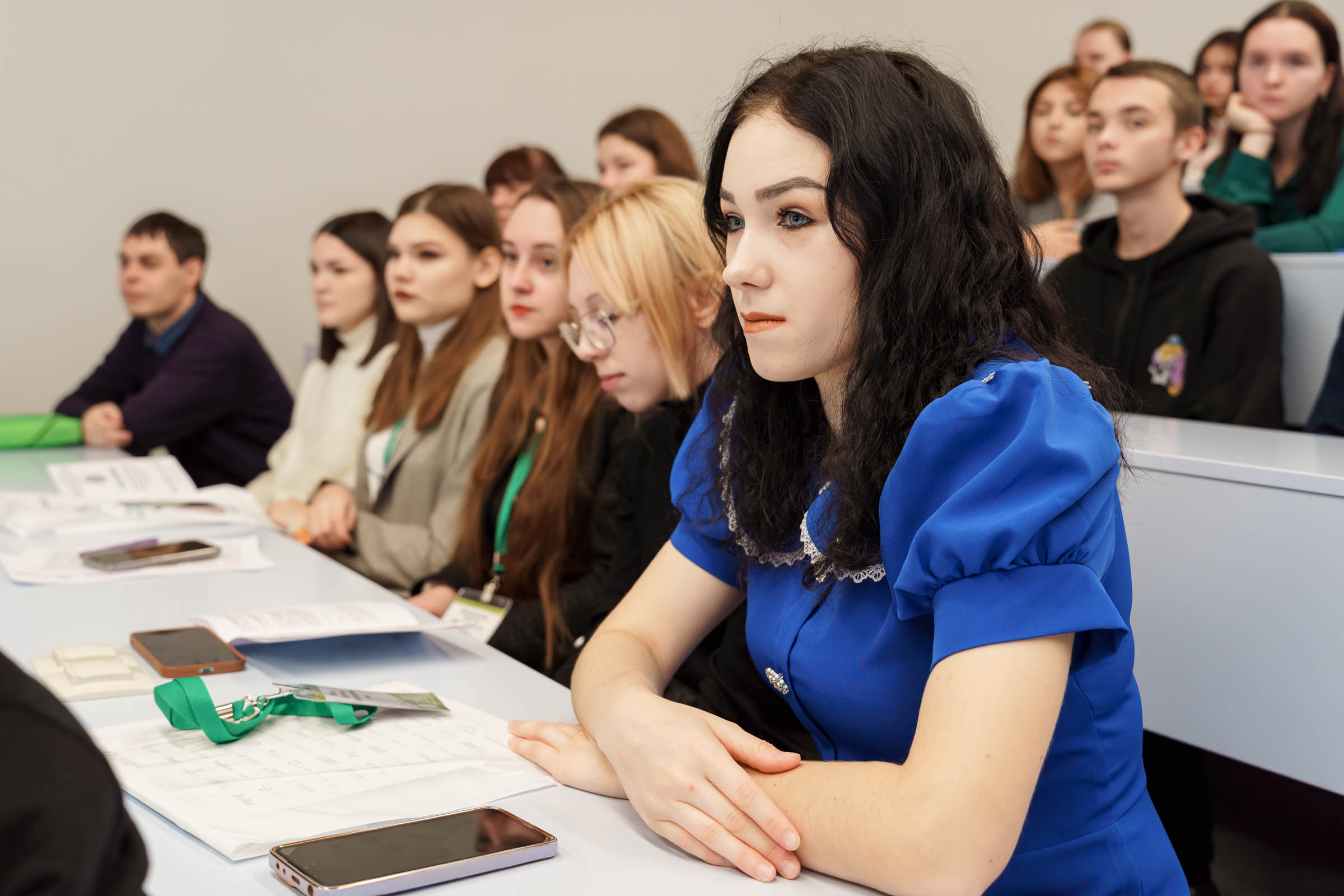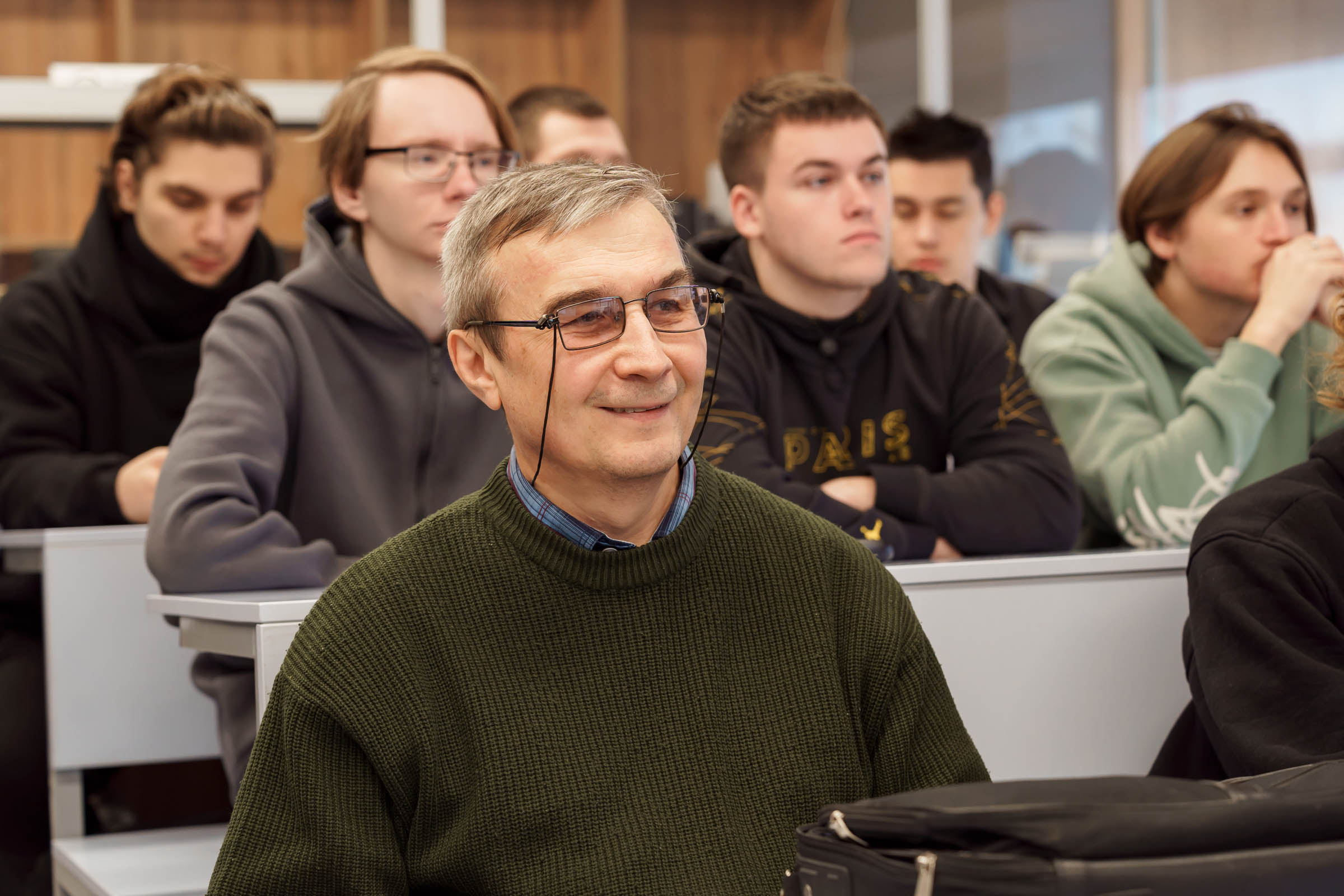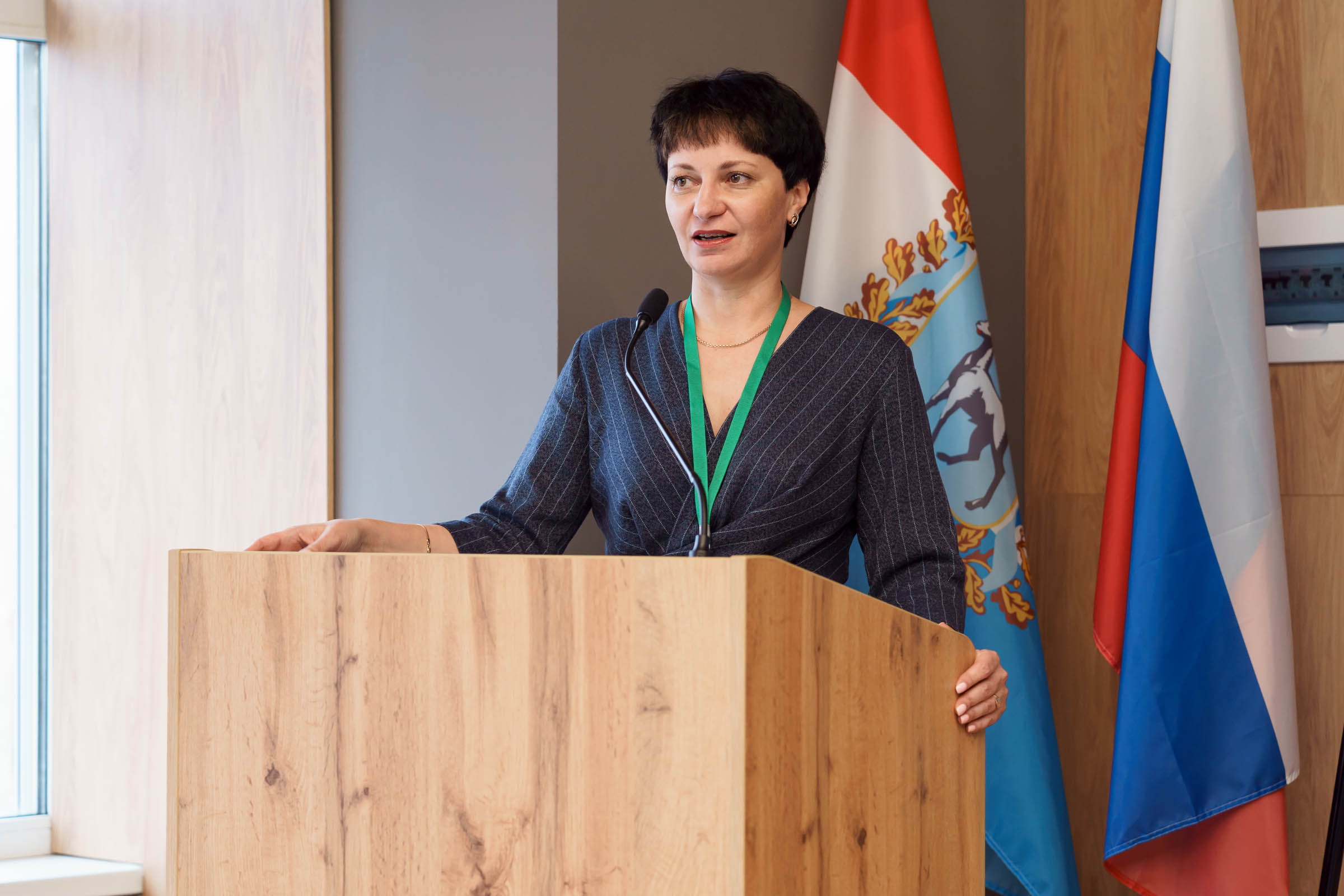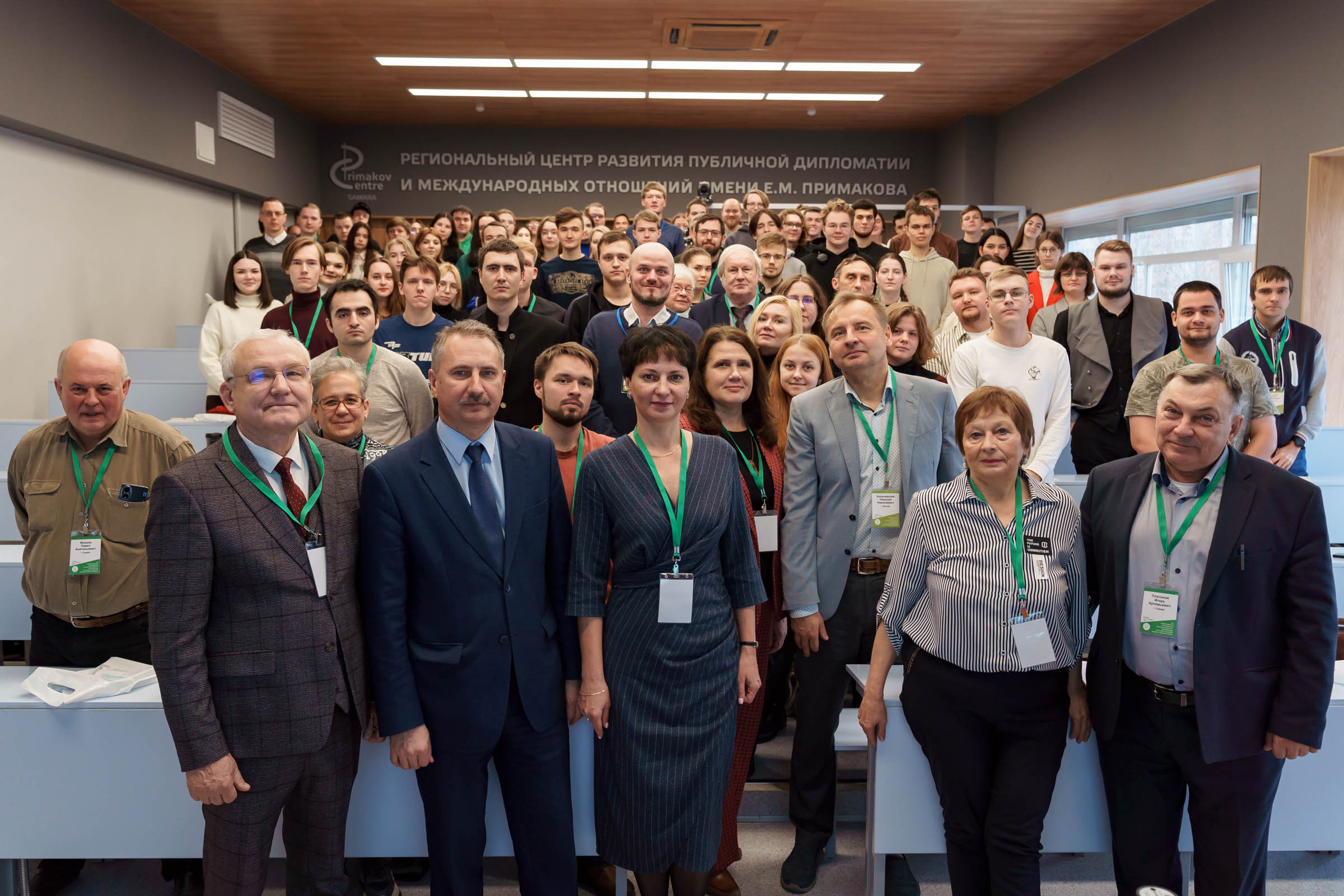On November 12, at Samara National Research University, the 22nd All-Russian Youth Competition-Conference on Optics, Laser Physics and Plasma Physics started its work. The Conference events will last until November 16. They will be held at the venues of its organizers – Samara University and the Samara Branch of the P. N. Lebedev Physical Institute of the Russian Academy of Sciences (FIAN).
The Program Committee and the Expert Council are headed by Nikolay Kolachevsky, Corresponding Member of the Russian Academy of Sciences, Director of the FIAN. Among the experts, there are one academician and three corresponding members of the Russian Academy of Sciences, and a total of 26 scientists from leading academic institutions and universities from Moscow to Vladivostok, in particular from the Samara branch of the FIAN and Samara National Research University.
The program includes plenary lectures by leading scientists, invited speakers’ reports and working sessions in 5 sections, which, in addition to optics, laser physics and plasma physics, cover biophotonics, quantum technologies, microfluidic systems and nanotechnology, as well as physics and chemistry of outer space.
The Conference is participated by young researchers from Samara, Moscow, St. Petersburg, Kazan, Krasnoyarsk, Voronezh, Chelyabinsk. 39 research papers of postgraduates and young scientists, 59 student reports and 9 competitive works fulfilled by schoolchildren were submitted to the competition. At Samara University, in the R&D Laboratory “Physics and Chemistry of Combustion”, the participants will be able to get acquainted with the unique research equipment “Reaction kinetics and dynamics in extreme conditions”.
According to the organizers, there are many participants in the Conference, who will make a significant contribution to development of the leading centers of Russian science in the very near future.
“This Conference continues the best traditions of the FIAN, which turned 90 this year. There is not much time left until its 100th birthday, and we currently think about those who will lead us to this anniversary. We expect that by this point, you will have become mature, competent researchers. And we will try to motivate you to focus on solving the tasks to be discuss at this Conference”, said Nikolay Kolachevsky, Director of the FIAN.
One of the key principles of the competition-conference is its competitiveness. Striving to be the best encourages young scientists to develop themselves and raise the level of their research.
“The main characters are our contestants; they must receive special attention. We want you to take away with you a lot of good emotions, more new knowledge, so that you had even more desire to do science”, said Valery Azyazov, Co-Chairman of the Organizing Committee, Director of the Samara Branch of the FIAN, when addressing the young scientists.
Andrey Prokofiev, First Vice-Rector for Research at Samara University, focused on the fact that the Competition-Conference is being held for the 22nd time, and herewith, most of its participants are of the same age as this forum and those who are younger.
“The research conference format includes three components: to share your results, to learn from the others’ experience and, in an informal setting, to get to know colleagues, who you will have to work with for many years in your chosen scientific field. I wish this conference to meet all your hopes and expectations”, said Andrey Prokofiev, Co-Chairman of the Organizing Committee of the Conference, when addressing the audience.
Anastasia Grisyak, Director of the Institute of Natural and Mathematical Sciences, noted the wide geography of the participants of the Competition-Conference.
“It is heartening to see so many young people come to this Conference. This means that the future of physics is not lost and the scientific fields to be presented here will be actively developing. For us, the Conference contribution to popularization of physical science is very important. In the school section of the competition, research papers were submitted by children from the seventh grade and older, and this is great”, stated Anastasia Grisyak, Co-Chairperson of the Organizing Committee.
The 22nd All-Russian Youth Competition-Conference began with the plenary lecture by Nikolay Kolachevsky, Corresponding Member of the Russian Academy of Sciences, which was dedicated to development of quantum computations with ions in Russia and worldwide and their application for solving practical problems.
“Everyone is looking forward to the “quantum advantage”, when a quantum computer will finally work better and faster than a classic one. I would like to cool down hotheads a little: we are at the very beginning of the journey. Firstly, classical computer systems have been developing for more than 70 years, while quantum ones have been developing for only about 15 years. Secondly, when the first tube computers and then semiconductor ones appeared, what did they compete with? And at present, quantum computers compete with supercomputers: figuratively speaking, we are inventing a new type of scooter, contrasting it with rockets, which also do not stand still, but develop”, described the director of the FIAN the current situation with quantum computing.
Nikolay Kolachevsky spoke about properties of quantum systems, about quantum entanglement as the basis of new approaches to computing, as well as about why and under what conditions quantum computing systems can be successful.
He focused on physical platforms for quantum computing and, in particular, talked about the ion platforms that FIAN is working with, and the most interesting experimental findings.
“On the horizon of 2030, in the world, quantum computers will gradually begin to be applied for solving practically significant tasks. And by this time, we are expected from, if not quantum superiority, but some useful result. Therefore, we need to go into multi-qubit systems, increase the computing speed, and we understand how this can be done. The most difficult thesis is that the leader of this global “quantum race” will be determined by the level of technologies used. But we are able to enter the top five by 2030”, shared Nikolay Kolachevsky his vision of the very near future.
The lecture raised a wide range of questions. For example, the participants asked whether quantum computing devices are currently capable of calculating complex molecules, whether metamaterials are used in such devices, what are the fundamental limitations of quantum computers, and, finally, whether it is high time to teach modern engineers quantum physics.
After the plenary lecture, the sections started their work. Today is the fourth day of the Conference, the forum of young scientists has crossed its equator. There are sections of biophotonics, physics and chemistry of outer space, microfluidics and nanotechnologies here. In the school section, the results of the research paper competition have already been summed up. The winners among students, postgraduates and young scientists will be announced on Friday, November 15. The award ceremony will take place at the venue of the Samara Branch of the FIAN.
For reference
Results of the competition in the school section:
· 1st place:
Seda Beldarova, 10th grade, Gymnasium No. 1 (Basic School of the Russian Academy of Sciences)
· 2nd place:
Artem Gribanov, 9th grade, Samara Lyceum of Information Technologies (Basic School of the Russian Academy of Sciences)
Olesya Terekhova, 9th grade, Secondary School “Educational Centre” in the village of Utevka
· 3rd place:
Maksim Ivanov, 9th grade, Samara Lyceum of Information Technologies (Basic School of the Russian Academy of Sciences)
Maria Petrova, 11th grade, Samara Lyceum of Information Technologies (Basic School of the Russian Academy of Sciences)
Sergey Sonyushkin, 7th grade, Secondary School “Educational Centre” in the village of Utevka
Diploma for environmental focus:
Aleksandr Bashinsky, 9th grade, Samara Lyceum of Information Technologies (Basic School of the Russian Academy of Sciences)
Diploma for practical significance:
Aleksey Likhuto, 10th grade, Samara International Aerospace Lyceum
Diploma for research in the field of advanced technologies:
Viktor Medvedev, 10th grade, Samara International Aerospace Lyceum
 RU
RU  EN
EN  CN
CN  ES
ES 